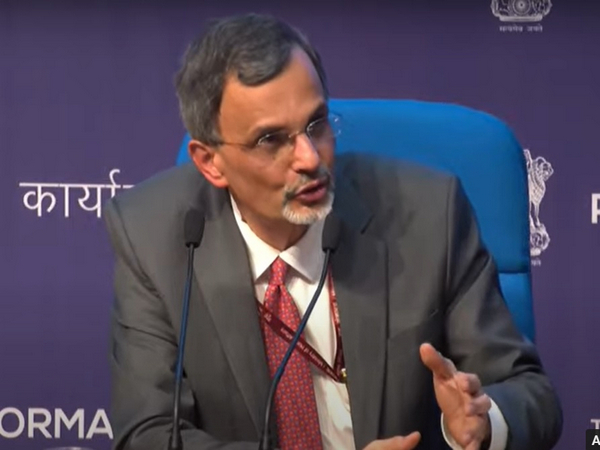ANI
New Delhi, January 31
Restoration of the Old Pension Scheme (OPS) by some states may temporarily save cash flows for the state governments but obviously it postpones the problem to a future date and makes the situation somewhat unsustainable or unstable, said Chief Economic Adviser V Anantha Nageshwaran.
In an exclusive interview with ANI, the CEA said, “We need to defer to the views of experienced former policymakers like Montek Singh Ahluwalia, who have already opined on this matter. Reserve Bank of India (RBI) has also expressed its concern about OPS. OPS may temporarily save cash flows for the state governments, but obviously, it postpones the problem to a future date and makes the fiscal situation unsustainable or unstable.”
“Congress-ruled states Rajasthan and Himachal Pradesh have restored the OPS and the demand to restore OPS is also being raised in Maharashtra, Tamil Nadu and some other states,” he added.
Responding to a question on unemployment, the CEA said the urban unemployment rate has come down substantially from the pandemic period and we need to continue to make investments in the private sector that will necessitate more hiring.
“Construction sector is coming back to life after the pandemic-related closures and restrictions on the movement of people across states etc. The Real Estate sector is getting revived and will also provide employment opportunities. If we see the data of EPFO, the registration rate is higher than the previous three years,” he said.
He also informed that the government has created an e-Shram portal, which aims to connect employers and those looking for jobs.
“Employment generation is a relatively slower moving process, as compared to normal economic growth. I believe that as economic growth steadily rolls on at 6.5 per cent to 7 per cent, we will begin to see the impact on job creation because the formal economy is already creating enough jobs. We need to make sure that it diffuses even further,” he added.
Nageshwaran said that GDP will accelerate further if the government focuses on some more measures.
“India’s GDP growth is projected at 6 per cent by many international organizations. I projected 6.5-7 per cent for two reasons, which is very clearly brought out in the survey. One is that India’s financial cycle is ready to roll compared to the last decade, and the second factor is India’s public digital infrastructure is also ready to contribute to economic activity, because India’s digital infrastructure is enabling formalization and financial inclusion, bringing more people into the mainstream economy,” he said.
He added that if we undertake a set of reforms or policies at the union and state levels to dismantle the licensing, inspection and compliance regulatory ecosystem, our economy could grow even further.
“That ensures that Indian Education caters to 21st-century requirements provide and also if we can ensure adequate reliable power supply and if we take care of our energy security and also create a viable MSME ecosystem and continue to invest in infrastructure. These are the things that will drive our economic growth, or create opportunities for economic growth to increase the rate of growth to increase from 7-8 per cent,” he said.
Talking about Current Account Deficit (CAD), the CEA said that it is a function of our imports and exports and also inward remittances from what Indians working overseas sent to India, interest income, dividend income, etc.
“What we received minus what we pay out so India’s CAD is dominated by the trade deficit because we depend on external markets for essential items and that is something we need to work on from the long-term point of view. In terms of energy security, India is ahead of its target in the diversification of energy sources, moving away from fossil fuels towards renewable energy, renewable energy composition, renewable energy and traditional energy mix,” he further said.

